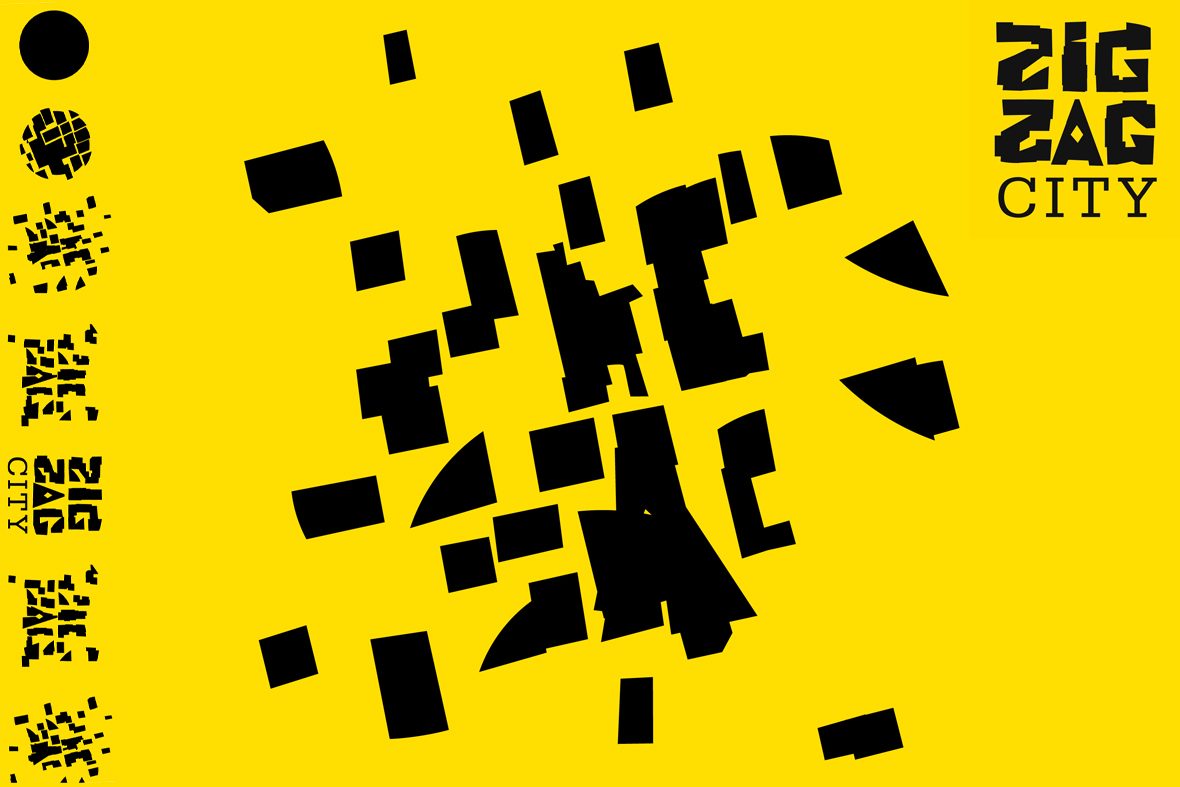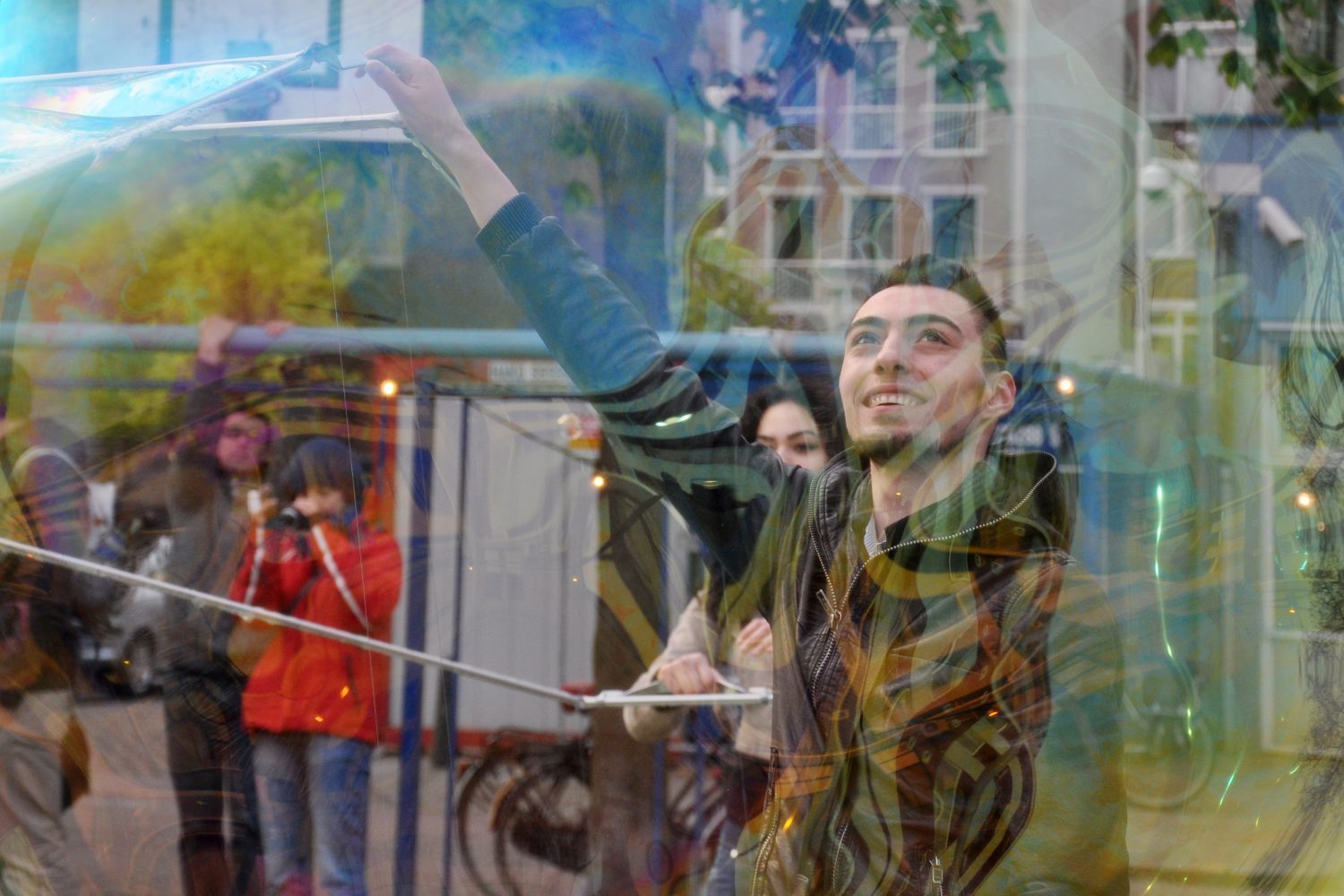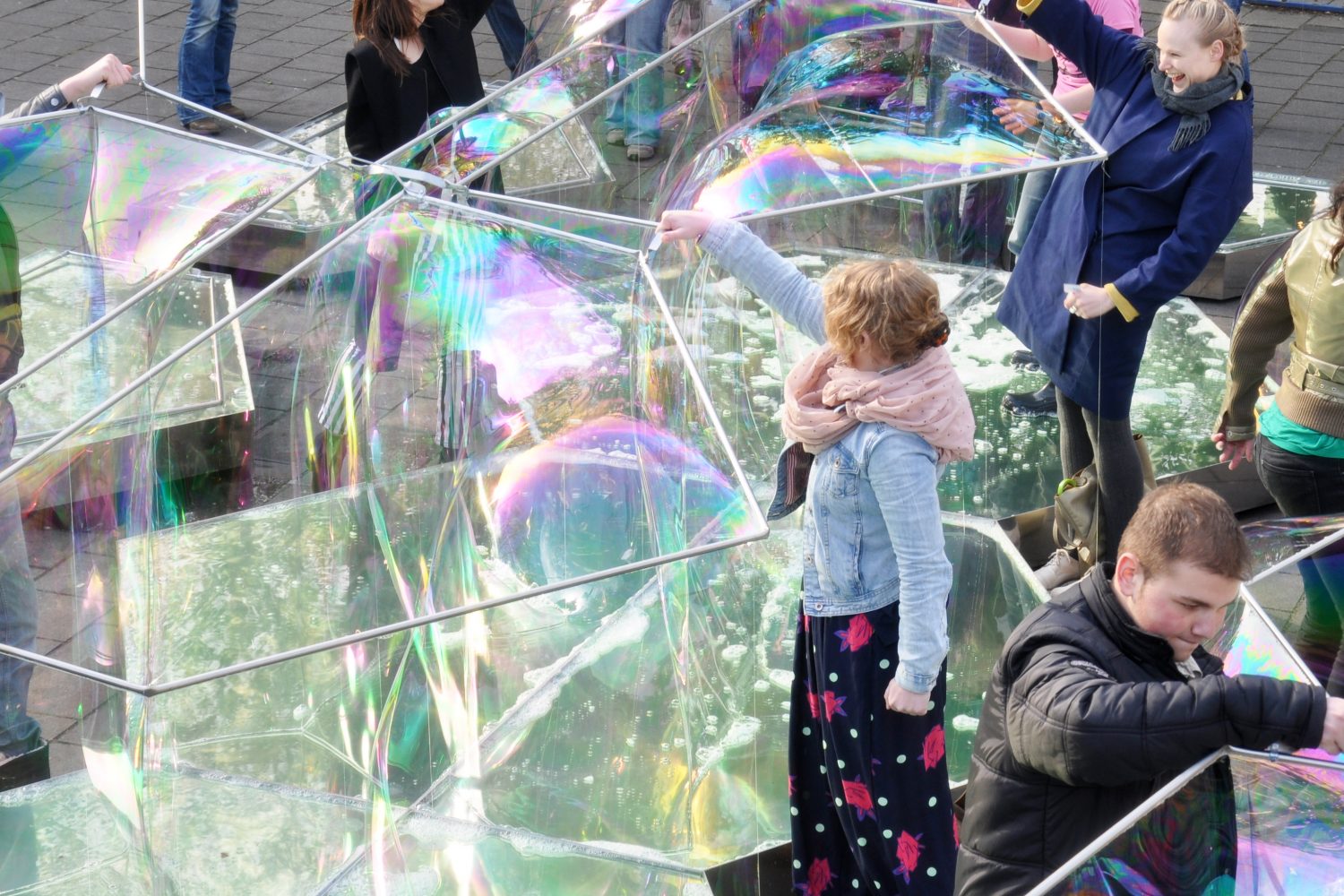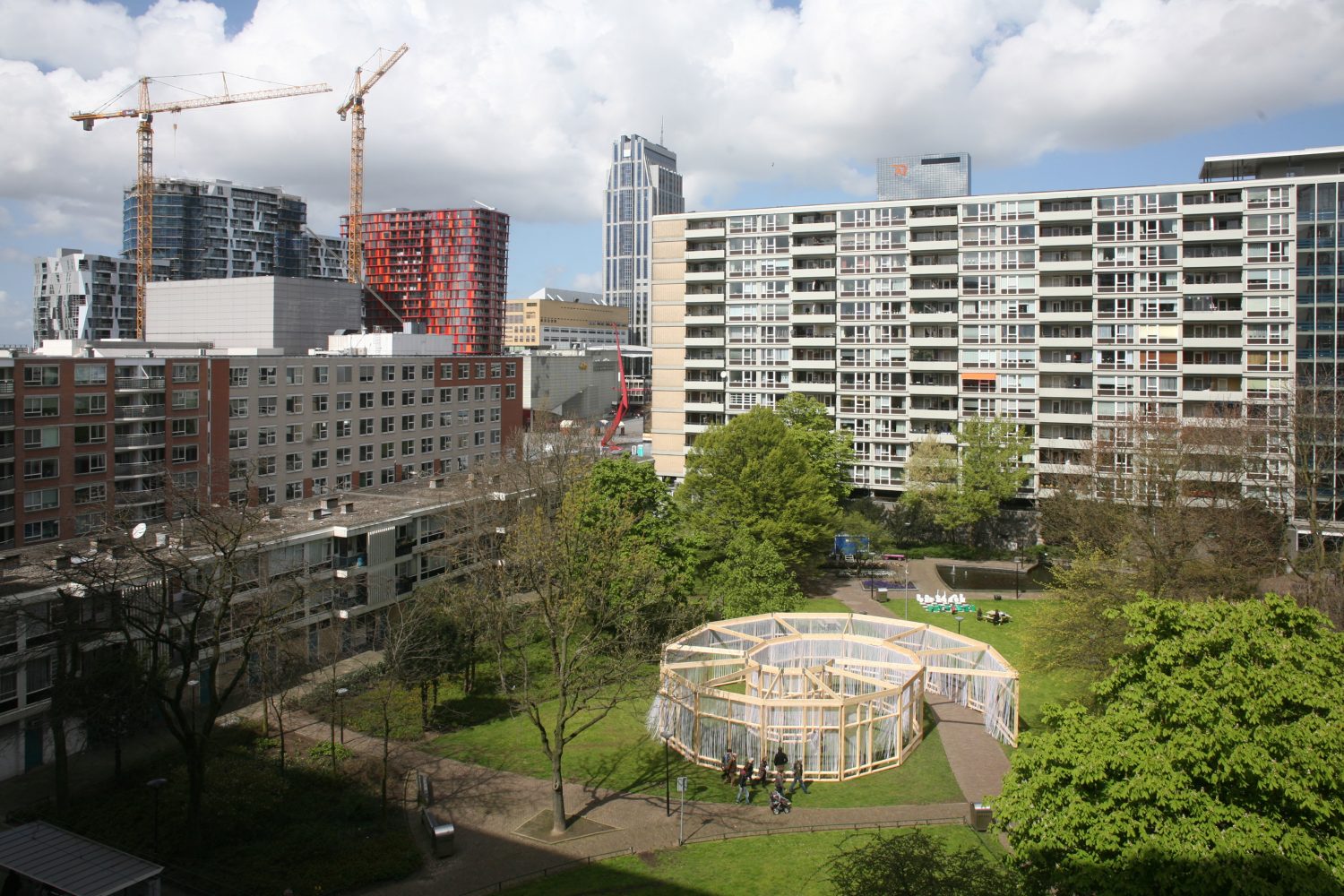ZigZagCity 2012
A new architecture festival in Rotterdam
Rotterdam Festivals asked Perplekcity to curate ZigZagCity. The festival focused on the history and the future of the Rotterdam city centre. The route of ZigZagCity connected a rich variety of different urban areas including squares, alleyways, city parks, archways, streets and courtyards. ZigZagCity invited visitors to enjoy both the beaten track as well as locations off the beaten track that often remain unnoticed. The hidden spots were given ‘new’ meaning for residents and visitors using programatic interventions. Visual artists, architects and program makers revealed the hidden qualities and new opportunities for forgotten areas taking into account the features of these locations. A public garden is transformed into a lush oasis in the city and a courtyard becomes a do-it-yourself pavilion.
Living displayThe Lijnbaan, the world’s first pedestrian shopping area, has been a national monument since 2010. Located in the heart of the city centre, it was and is Rotterdam’s most popular shopping street. The area used to be more attractive and stylish, decorated with flower boxes, island-like window displays and terraces, but these days the area is increasingly becoming a highway for pedestrians. During ZigZagCity, Rotterdam ArchiGuides restored the Lijnbaan to its former glory by building and programming a large Living Display in the form of a transparent greenhouse. A place to see and be seen, to showcase and to promenade.
ShellIn the original plan for the Lijnbaan area, the Lijnbaanhoven were conceived as green city gardens for the residents of the surrounding flats as well as for shoppers. Observatorium wanted to restore the connection with the city and made the green area of Jan Evertsenplaats into an attractive city garden. With a work of art constructed from wood – a ‘snail’s shell’ – they attracted visitors to the garden; a place to relax, have a picnic, work, meet friends and play. An arcade belonging to the Lijnbaanflat on the edge of the gardens was given windows looking onto the park, complete with seating and views over the trees and plants of the Jan Evertsenplaats.
Bubble BuildingDUS Architects created the most fragile and temporary pavilion in the world on the square in the middle of the Karel Doormanhof. The pavilion was made entirely of soap suds. Each visitor – together with the other visitors – created a specific and unexpected temporary bubble building. It makes tangible the eternal cycle of building and rebuilding.








